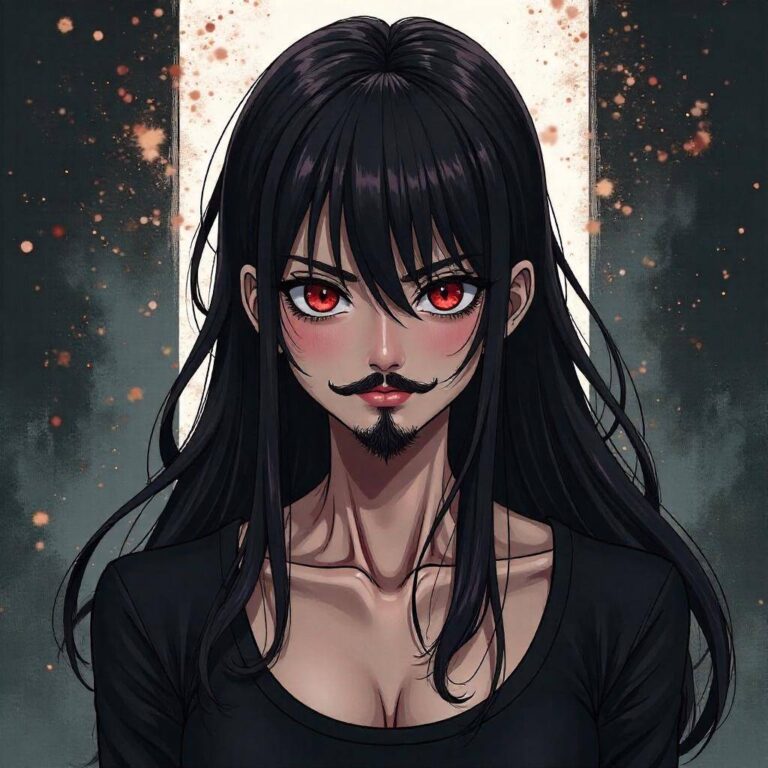Reader’s Question:
What is Elsa?
Understanding Elsa from Re:Zero – Starting Life in Another World
When you think of anime characters that really leave a lasting impression, Elsa from “Re:Zero kara Hajimeru Isekai Seikatsu” (Re:Zero – Starting Life in Another World) undoubtedly checks that box. Born as エルザ・グランヒルテ (Erza Guranhirute), Elsa is
a complex character that embodies both terror and allure. Her reputation as a notorious assassin and a sadistic killer has made her one of the most memorable antagonists in modern anime.
Background Context
“Re:Zero” is a unique blend of fantasy, psychological thriller, and dark drama, created by Tappei Nagatsuki. The series follows Subaru Natsuki, who is transported to a parallel world where he discovers he has the power to return from death—a mechanic that allows for intense storytelling and character development. Elsa appears in the first season and quickly establishes herself as a formidable foe, not only for Subaru but for the entire narrative. Elsa is introduced during the “Crusch Camp” arc, where her character serves to elevate the stakes and introduce themes of mortality, fear, and the nature of evil. Her chilling demeanor and sadistic tendencies stand out starkly against the backdrop of Subaru’s struggles and the moral dilemmas he faces.
Cultural Significance
In Japan, the portrayal of female characters in anime can vary widely. While some are depicted as nurturing or heroic, others take on darker, more sinister roles. Elsa fits into this latter category, representing a type of character often found in “dark fantasy” genres. Her character raises questions about the nature of evil and the psychological aspects of thrill-seeking behavior. In broader cultural contexts, Elsa can be compared to figures from Western literature or cinema, such as Hannibal Lecter. Both characters exude charisma while engaging in horrific acts, prompting audiences to confront uncomfortable feelings toward the concept of villainy. This complexity is part of what makes characters like Elsa so fascinating.
Character Development Insights
One of the most striking aspects of Elsa’s character is her complexity. At first glance, she appears to be a straightforward villain—savage, sadistic, and ruthless. However, as the series progresses, viewers are treated to layers of her personality, making her not just a villain, but a tragic character shaped by her past and her desires. Elsa’s obsession with “gutting” her victims is more than just a physical act; it symbolizes a deeper psychological need for control and the thrill of overpowering others. This need reflects broader themes in the series about power dynamics. Unlike Subaru, who often finds himself outmatched and struggling to survive, Elsa thrives in chaos and violence, offering a stark contrast to the show’s protagonist. The storytelling technique employed by the creators allows viewers to grapple with the moral ambiguity present in every character. Elsa is a product of her environment—a reflection of the darker sides of human nature.
Storytelling Techniques
“Re:Zero” employs various storytelling techniques that enhance the impact of characters like Elsa. One of the most effective is the use of contrasting character dynamics. Subaru’s vulnerability and growth are emphasized by his encounters with Elsa, whose strength and terrifying control over life and death create tension and unease. Another technique is the nonlinear storytelling element introduced by Subaru’s ability to return from death. This mechanic heightens the stakes and makes the audience question what characters, including Elsa, are truly capable of. It forces viewers to confront the implications of their actions, making every encounter significant. The use of visual storytelling—such as the stark contrasts in color palettes and animation styles used during Elsa’s scenes—further amplifies her menacing presence. The blood-red hues associated with her character provide a visual cue to the danger she embodies, setting her apart from the more muted tones of lesser villains.
Practical Insights for Anime Fans and Creators
For anime fans, engaging with a character like Elsa can provide deeper insights into the narrative’s themes. Rather than simply viewing her as a one-dimensional villain, consider her role in challenging the protagonist and driving the story forward. Look for parallels between her actions and the broader themes of power, control, and morality present in the series. For creators, Elsa serves as an example of how to craft complex characters that elicit strong emotional responses. Consider how her motivations can create a multifaceted antagonist who adds depth to the storyline. Characters that are well-rounded, with clear motivations and vulnerabilities, tend to resonate more with audiences. When writing or developing characters, ask yourself what drives them. What are their desires, fears, and motivations? In Elsa’s case, it’s not just about being a villain—it’s about the thrill she derives from her actions and the complex psychology that drives her to seek power through violence.
Memorable Personal Experiences and Observations
Reflecting on my experiences with anime, “Re:Zero” stands out as a series that challenges conventional narratives. I remember the first time I encountered Elsa; her sudden appearance left a chilling impression. I had been so wrapped up in Subaru’s journey, and then here came this character who turned everything upside down. Her ruthlessness made me laugh and scream in equal parts; it was a reminder of how well-crafted villains can elevate a story. During discussions with friends about “Re:Zero,” it’s fascinating how opinions on Elsa can vary widely. Some see her as a symbol of horror, while others find the twisted joy she embodies strangely captivating. This speaks to the diverse nature of anime fandom; characters can evoke vastly different interpretations based on personal experiences and emotional responses.
Thoughtful Reflections
Elsa embodies the complexity and intrigue of anime’s darker themes. Her character serves as a reminder that not all stories fit neatly into hero versus villain tropes. Characters who elicit discomfort or fear often encourage us to question our own morals and values. In a way, Elsa pushes viewers to confront their perceptions of evil and the darker corners of human nature. As a father, I often think about what messages I want to convey to my child regarding storytelling. Characters like Elsa can be useful discussion points about the nature of goodness and evil. It opens the door to conversations about choices, consequences, and the moral complexities that exist in our world.
Practical Takeaways
1. Engage Deeply with Characters: When watching anime, take the time to consider characters’ motivations and backgrounds. Characters like Elsa can teach us about psychological depth and narrative complexity. 2. Embrace the Ambiguity: Understand that characters can embody both good and evil traits. Use this knowledge to expand your own perspectives on morality in storytelling. 3. Learn from the Craft: For creators, study how characters like Elsa are developed. Think about how to incorporate nuanced traits into your own characters to enhance narrative depth. 4. Foster Discussions: Talk with others about their interpretations of characters. Engaging in discussions can reveal new insights and deepen your appreciation for the material. In closing, I invite readers to share their experiences with “Re:Zero” and characters like Elsa. How do they resonate with you? Let’s keep the conversation alive, exploring the rich tapestry of emotions that anime brings into our lives.



